So, you’ve seen the Great Buddha. You’ve watched the charming little Enoden train trundle past the beach like it’s auditioning for a Ghibli cameo. Maybe you even grabbed a matcha ice cream on Komachi Street and snapped a selfie or two. Lovely! But here’s the thing—Kamakura isn’t just about picture-perfect moments and scenic temples.
Beneath its laid-back, coastal vibe lies a rich, tangled history full of ambition, upheaval, and transformation. This was once the seat of a shogunate, the cradle of new Buddhist movements, and the stage for more samurai intrigue than an entire season of Game of Thrones. There’s a lot more to Kamakura than meets the eye—and it’s just waiting to be uncovered.
Ready to dive deeper and meet the real Kamakura? Buckle up. The past here doesn’t just whisper; it roars.
The Rise of the Samurai: Where Kamakura History All Began
If you’re into samurai history, Kamakura is basically your feudal-era Disneyland. Back in the late 1100s, Japan was run from Kyoto by aristocrats—think poetry, politics, and plenty of silk robes. But out on the frontlines, real power was shifting. Enter Minamoto no Yoritomo: a warrior leader who had spent years in exile after his family was crushed in a clan war. He was supposed to disappear quietly. He didn’t.
Instead, Yoritomo rallied other discontented warrior clans, launched a comeback, and defeated his rivals in a bloody civil war. But here’s the twist: instead of marching into Kyoto and trying to take over the imperial court, he stayed put and built a brand-new power base in Kamakura, far from the traditional center. Why? Because he wasn’t interested in playing court games. He wanted something different—a government by the warriors, for the warriors.
That’s how the Kamakura Shogunate was born: Japan’s first military government. Yoritomo became shogun, and Kamakura became the unofficial capital of warrior Japan. It was a full-on political pivot. Power no longer came from noble birth or court titles—it came from who had the armies, the alliances, and the ability to hold it all together.
And Kamakura wasn’t just a convenient location. Surrounded by mountains and ocean, it was easy to defend, and it reflected the no-frills attitude of its new rulers. The samurai weren’t into glitter. They valued discipline, loyalty, and getting things done—ideals that also shaped the rise of Zen Buddhism around this time, which found a perfect home in Kamakura’s temples.
Visit places like Kenchoji or Engakuji today, and you’ll still feel it. The spaces are simple but intense. Quiet, but not soft. These temples weren’t built to impress—they were built to train the mind and steel the spirit. Just like the samurai who built the city around them.
So yeah, Kamakura isn’t just a cute coastal town. It’s where the samurai came to power—and where Japan started writing a very different kind of history.
Zen and the Samurai: Why Kamakura Became a Zen Stronghold
Zen Buddhism didn’t start in Kamakura—but this is where it really found its footing in Japan. And that’s not a coincidence. In the 13th century, Kamakura was the capital of the Kamakura Shogunate—Japan’s first warrior government. The samurai were calling the shots now, and they weren’t exactly drawn to the elaborate, ritual-heavy Buddhism that had dominated the old imperial court in Kyoto. They wanted something that matched their world: focused, disciplined, and no-nonsense.
That’s where Zen came in. Brought over from China by monks like Eisai, who introduced the Rinzai school, and later Dōgen, who developed the Soto school, Zen emphasized meditation, self-mastery, and living fully in the moment. It didn’t promise salvation through rituals—it asked you to sit down, be still, and face yourself. For a warrior class living with the constant reality of life and death, that message made sense.
That’s why Kamakura matters: it was the launchpad for Zen’s spread across Japan. Temples like Kenchoji (founded in 1253) and Engakuji (built after the Mongol invasions in 1282) weren’t just spiritual centers—they were government-backed institutions. These were places where monks trained, leaders came for guidance, and culture was shaped. From calligraphy and ink painting to garden design and the tea ceremony, so much of what we now associate with “traditional Japanese Zen” began right here.
And that influence hasn’t faded. When you walk through a Kamakura Zen temple today—past the raked gravel gardens, the weathered wooden halls, the scent of incense—you’re seeing more than just historical beauty. You’re stepping into the legacy of a cultural shift that reshaped not only how Japan prayed, but how it thought, created, and led. The stillness isn’t empty—it’s layered with centuries of meaning.
Zen wasn’t just a philosophy that passed through Kamakura. It was planted here, nurtured by the people in power, and launched from this very spot into the rest of the country. And that’s why it still feels so rooted here—because it is.
Kamakura’s Geography: How a Bowl of Mountains Changed Japanese History (and Urban Design)
When Minamoto no Yoritomo founded Japan’s first samurai government in the late 12th century, he chose Kamakura not for its views, but for its natural defenses. Backed by steep, forested hills on three sides and facing the sea on the fourth, the city was easy to protect and difficult to attack. Geography did half the work of a fortress wall.
The few ways into the city—the Kamakura Nanakuchi, or Seven Entrances—were narrow mountain passes that acted as natural chokepoints. In times of conflict, they could be closed off or heavily guarded, turning Kamakura into a kind of walled city without the wall.
You can still hike several of them today, like the Daibutsu Pass, a forest trail linking the Great Buddha to Jochiji Temple. It’s a peaceful walk now, but it once carried warriors, monks, and messengers through dense, defensible terrain.
The city’s valleys—called yatsu—also played a crucial role. These deep, narrow cuts in the hills helped with drainage and irrigation, and they naturally funneled where people could build. That organic layout still defines Kamakura’s feel today: winding lanes, sudden clearings, neighborhoods with names tied to landscape features that have existed for centuries.
And when space ran out? The hills became cemeteries. Kamakura’s yagura—small tomb caves carved into the rock—can be found all over the city if you know where to look. You’ll spot some in temple back corners, like at Hokokuji, or tucked into forested paths behind Meigetsuin. Others are more hidden, accessible only by hikers or locals in the know. They’re quiet, eerie, and uniquely Kamakura.
So yes, Kamakura was designed to be defensible—but its geography did more than keep the city safe. It shaped how people lived, how they adapted, and what they left behind. Today, you don’t just see the results—you can walk them. The city’s old defenses have become hiking trails. The emergency wells are historical landmarks. The tombs are quiet footnotes carved into the hills. Kamakura’s terrain didn’t just set the stage for history—it’s still part of the experience.
Kamakura Culture: Where Samurai History Meets Artistic Legacy
Kamakura wasn’t just a city of soldiers. While the samurai were reshaping politics, artists and writers were quietly reshaping Japanese culture—and you can still feel the impact today.
One of the most striking examples is sculpture. The Kamakura period saw a shift toward bold, realistic, and emotionally intense Buddhist statues. These weren’t the serene, idealized figures of earlier times—they had veins, muscles, and expressions that actually looked human.
The most famous name here is Unkei, a master sculptor who helped redefine what religious art could look like. His works are mostly scattered across Japan, but one of his surviving statues—a guardian figure from the Niō pair—is housed at Engakuji Temple right here in Kamakura. It’s a powerful, almost intimidating presence, carved with such detail that you can see the tension in the tendons.
If you’re looking for a Kamakura-era sculpture that feels like it’s alive, Jōchiji Temple is another good stop. It has smaller but still stylistically rich figures—stoic, grounded, and made to feel like protectors, not ornaments.
Art wasn’t just about statues, either. Kamakura also developed its own local craft: Kamakura-bori, a technique of carving decorative patterns into wood and finishing them with lacquer. It started with altar pieces and gradually expanded into trays, boxes, and daily-use items. You can see examples (and even buy modern versions) at Kamakura Bori Museum, just a short walk from Tsurugaoka Hachimangu Shrine.
Meanwhile, literature in the Kamakura period took a more reflective and philosophical turn. Two of the most important works from this time are The Tale of the Heike and Essays in Idleness.
The Tale of the Heike is an epic about the rise and fall of the Taira clan during the Genpei War—a civil war that led to the rise of the samurai class. Think of it as a medieval mix of battlefield drama, tragic heroes, and Buddhist reflections on how everything is temporary. It was originally passed down orally, and parts of it were recited by blind monks. If you’ve heard the phrase “the sound of the bell of Gion shōja…”—that’s the opening line.
On the quieter end of the spectrum, Essays in Idleness was written by a Buddhist monk named Yoshida Kenkō in the 14th century, just after the Kamakura period ended. It’s full of short musings on daily life, nature, people being weird, and how nothing lasts forever. You could easily read it on a train ride and come away with something to think about for the rest of the day.
Centuries later, Kamakura was still pulling artists in. Natsume Soseki, Akutagawa Ryunosuke, and Kawabata Yasunari—three of Japan’s most iconic modern authors—all spent time here. Kawabata even set his novel The Sound of the Mountain in Kamakura, using the setting’s quiet hills, aging homes, and distant temple bells to mirror the emotional lives of his characters.
Today, Kamakura still has that kind of atmosphere. It’s easy to see why people came here to make things. Whether you’re visiting a woodcraft studio, flipping through poetry in a beach café, or standing in front of a centuries-old statue that looks like it might exhale, Kamakura reminds you that history doesn’t have to be locked in a museum—it can still feel personal.
The People Who Shaped Kamakura (and Where to Find Their Legacy Today)
Kamakura’s history wasn’t just built by armies or ideas—it was shaped by real people whose decisions, dramas, and legacies still echo through the city. You don’t need to memorize names or dates to appreciate them—just bring a pair of walking shoes and a little curiosity. These five figures left footprints you can still follow.
Minamoto no Yoritomo – The Founder of Kamakura’s Rise
Yoritomo is the reason Kamakura became more than just a coastal outpost. After defeating the Taira clan in the late 12th century, he chose this city as the capital for his new military government, launching the Kamakura Shogunate—Japan’s first samurai-led regime.
He picked Kamakura for its natural defenses, then turned it into a functioning capital with roads, shrines, and temples. His most enduring monument is Tsurugaoka Hachimangu Shrine, which he rebuilt and dedicated to Hachiman, the god of war and protector of warriors. It’s still the heart of the city today—both spiritually and geographically.
You can also visit Shirahata Shrine, tucked inside Genjiyama Park, believed to be his burial site. It’s quiet, shaded by tall trees, and feels far removed from the crowds—a fitting resting place for someone who redefined Japanese politics.
Hōjō Masako – The Political Powerhouse Behind the Throne
After Yoritomo’s death, his widow, Masako, stepped into a leadership role almost unheard of for a woman at the time. She became a Buddhist nun—but didn’t retreat from public life. Instead, she helped steer the shogunate through years of turmoil as a regent, securing the Hōjō clan’s grip on power.
Masako supported the rise of Zen Buddhism and helped fund temples that are still central to Kamakura’s spiritual and cultural identity. One of the most notable is Jufukuji Temple, which she helped establish. It’s one of the oldest Zen temples in Japan, and while the main grounds are closed to the public, you can walk up the stone path to its mossy gate—still full of atmosphere, and very much tied to her legacy.
She’s also buried at Jufukuji, close to the world she helped shape.
Nichiren – The Monk Who Defied the Authorities
Nichiren was a Buddhist reformer in the 13th century who didn’t believe in staying quiet. He criticized the political elite, called out rival Buddhist sects, and warned of disasters if the country didn’t embrace what he saw as the true path: exclusive devotion to the Lotus Sutra.
His outspokenness got him exiled—twice—and nearly executed. But today, his legacy is firmly rooted in Kamakura. You can visit Ankokuron-ji, the temple where he wrote his famous treatise Rissho Ankoku Ron, which challenged the government head-on.
Not far away is Ryuko-ji, built on the site where he was nearly executed—lightning reportedly struck just in time to spare him. The dramatic stone steps and coastal views give this place a sense of story that’s hard to miss.
Together, these temples trace Nichiren’s life in Kamakura—from confrontation to survival.
Why Kamakura Still Matters
Kamakura might first catch your eye with its sleepy coastline, retro train cars, and soft-serve matcha. But behind the seaside charm is a city that once stood at the center of power, culture, and transformation in Japan. Walk its hills and temple paths, and you’ll find traces of a time when monks challenged rulers, women shaped governments, and warriors changed the course of history—not just in battles, but in the way people thought, created, and lived.
You don’t need to memorize the names or know all the dates to feel it. It’s there in the gravel underfoot at an old Zen temple, in the wind that rushes through a mountain pass, in a sculpture that somehow still looks alive eight centuries later. Kamakura doesn’t shout its history—it lets you step into it.
So go for the day trip. Ride the train. Eat the ice cream. But leave space for the layers you can’t photograph so easily. Kamakura rewards the curious, and it always has.
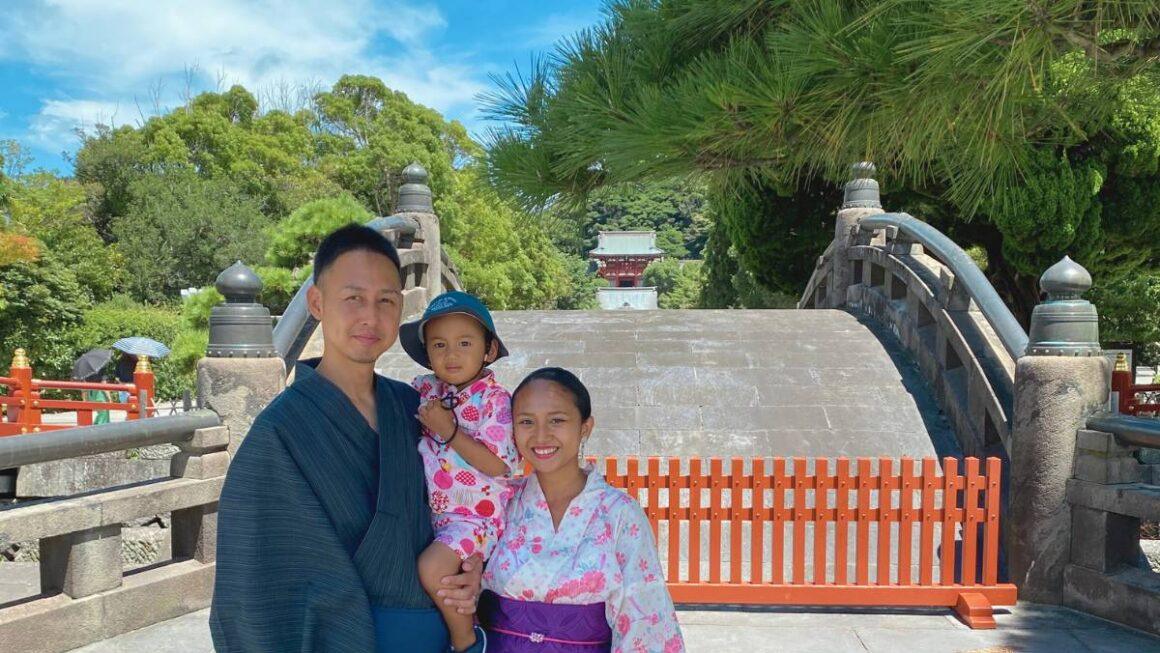


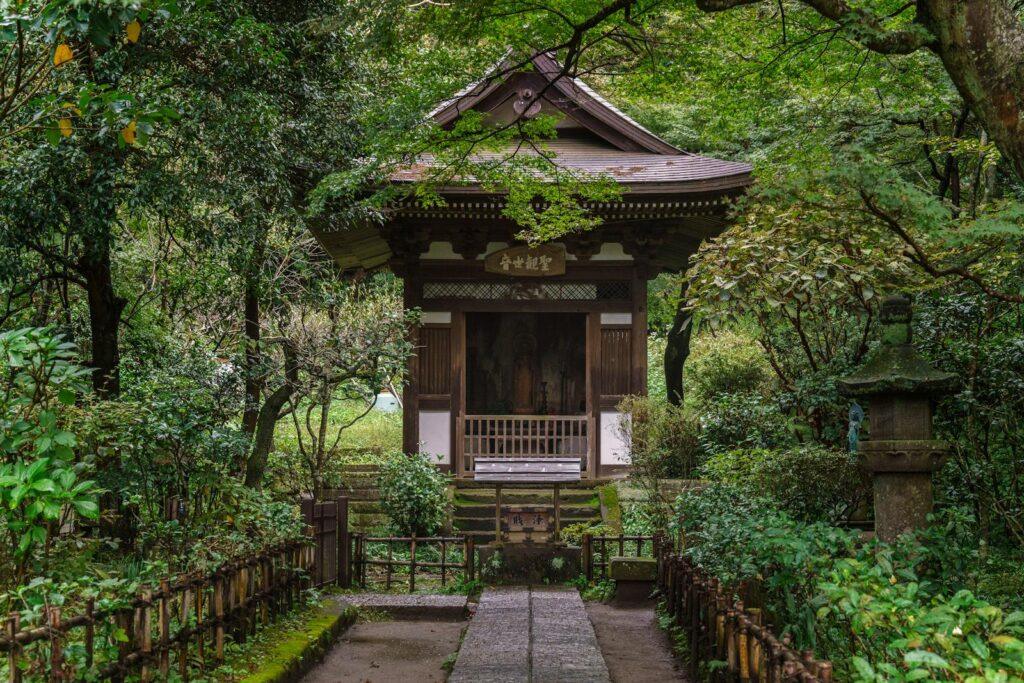
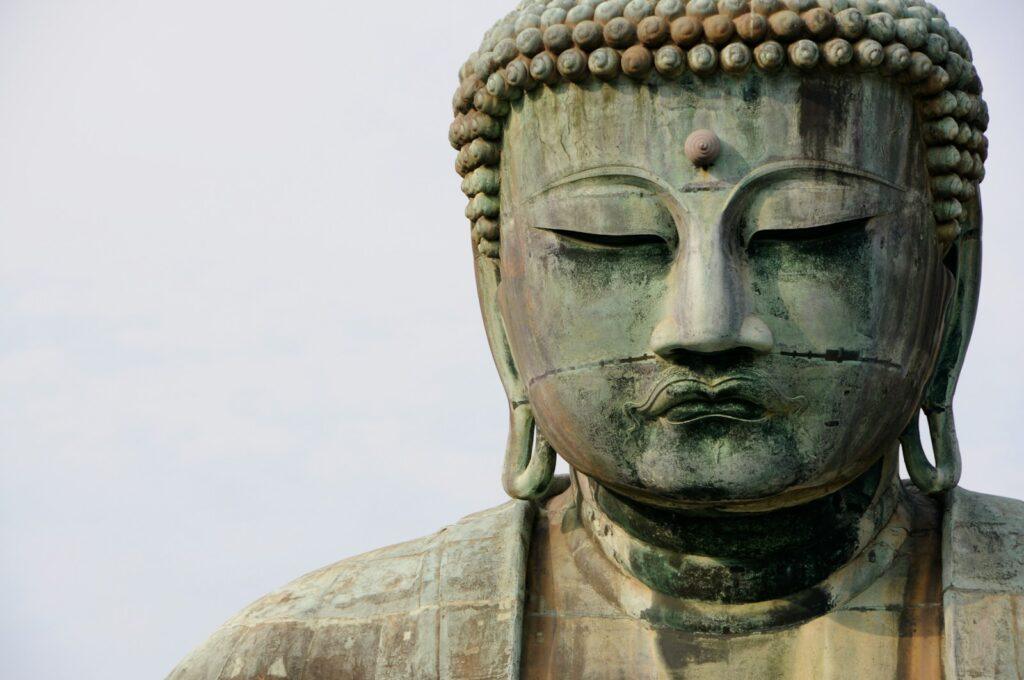









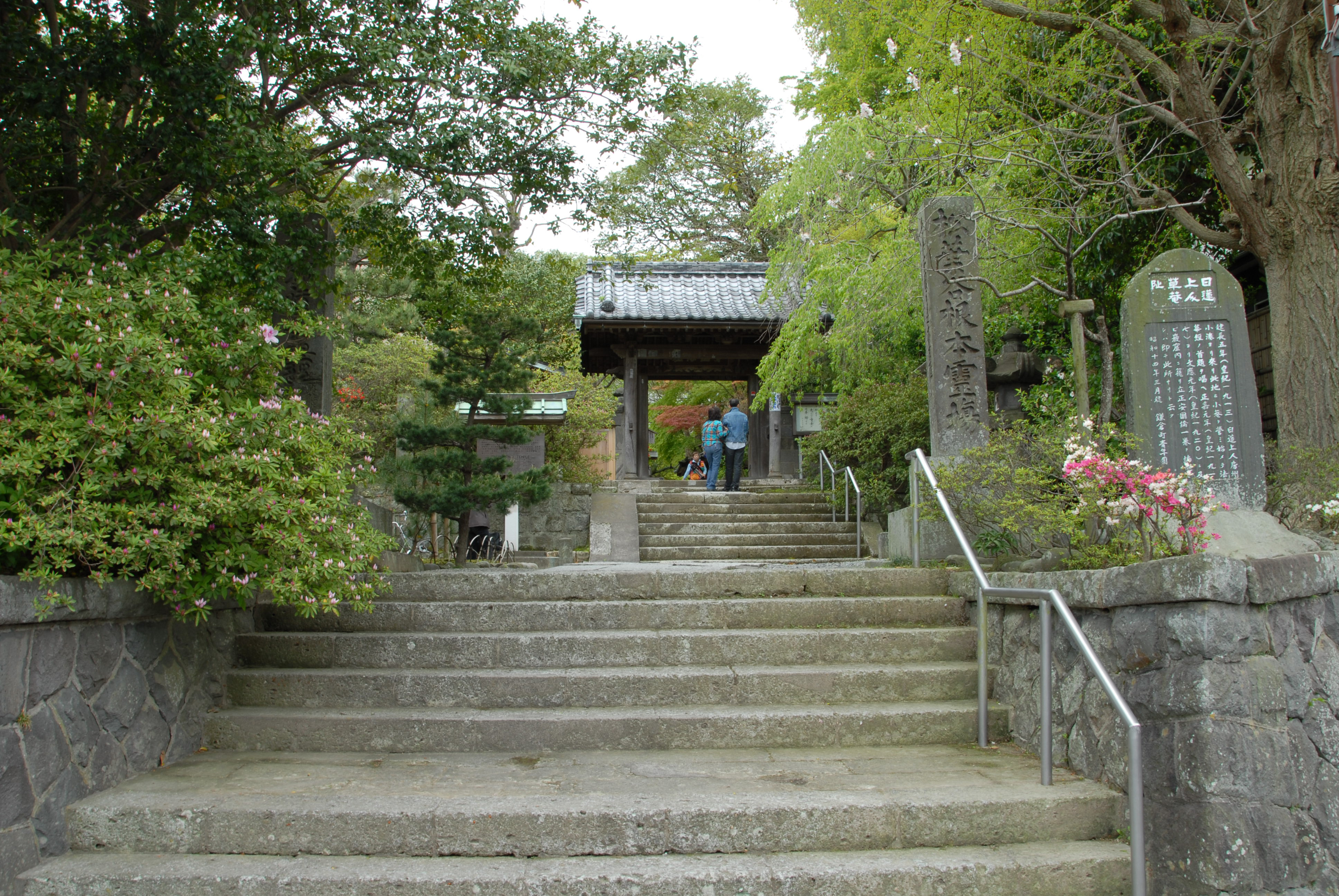
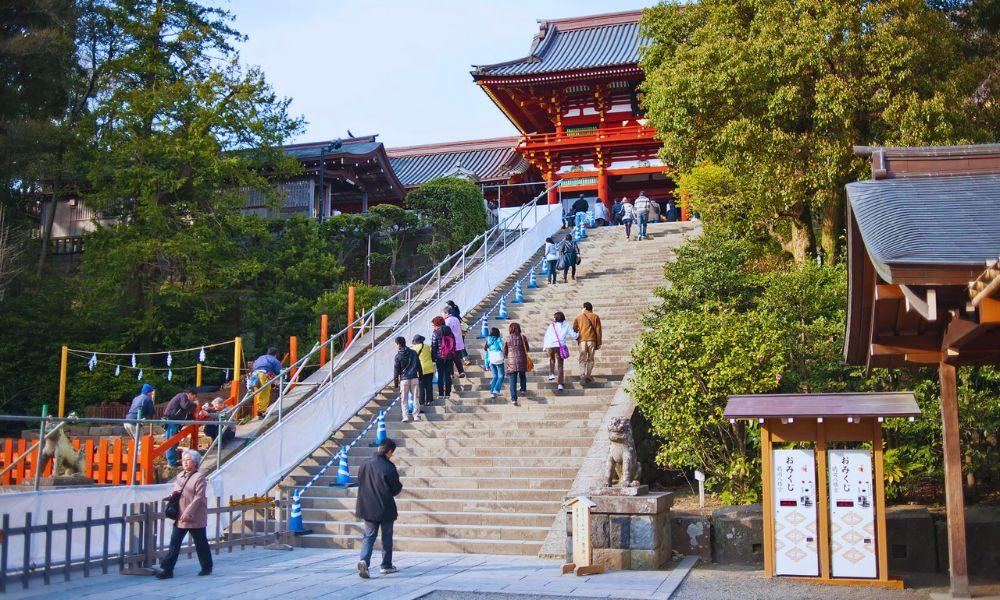


One thought on “Kamakura History: Beyond Cute Trains and Stunning Coastlines”